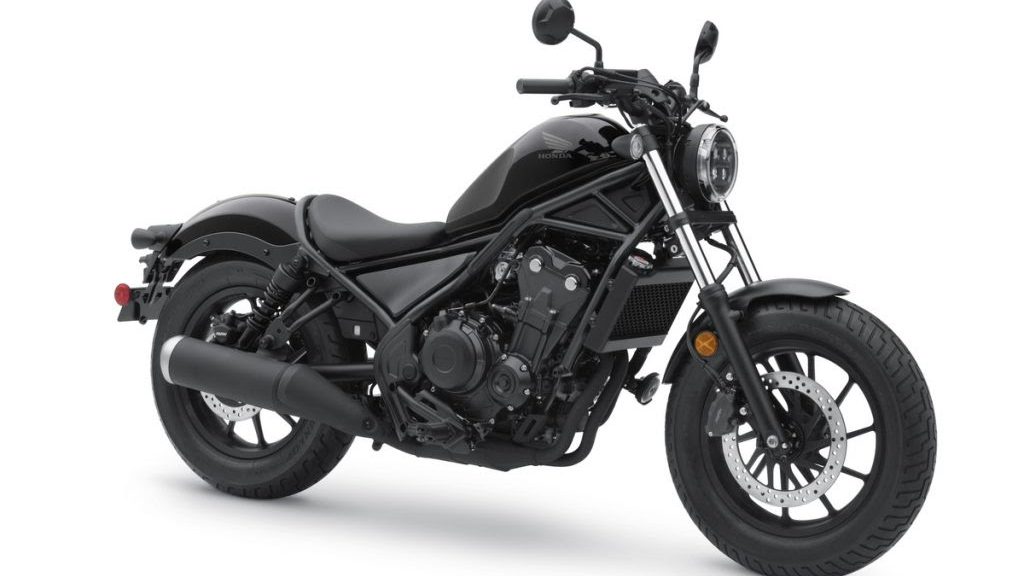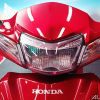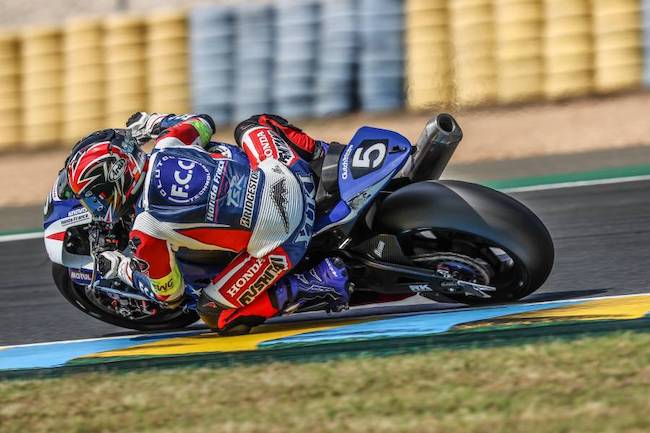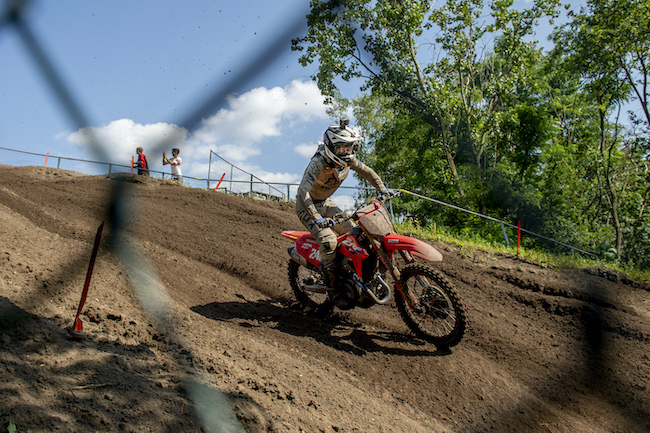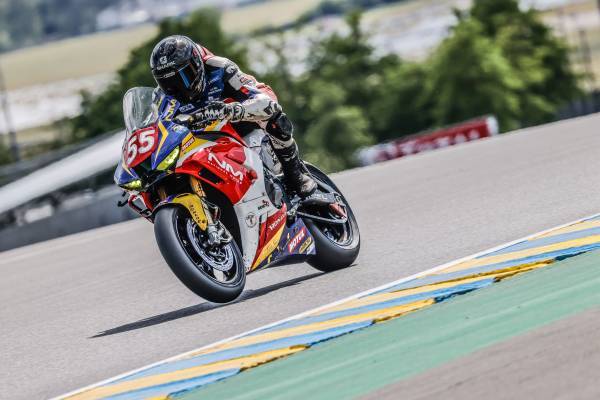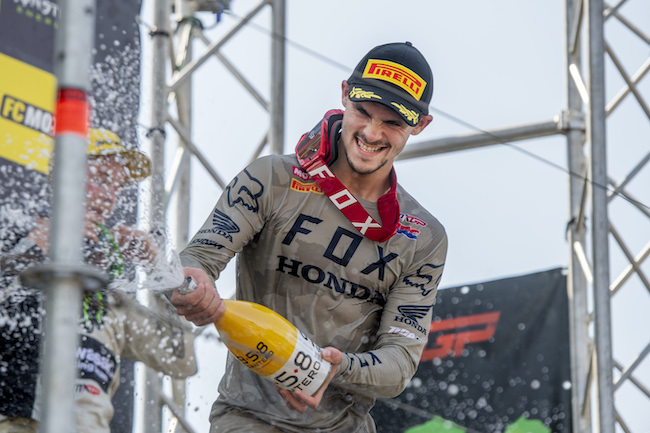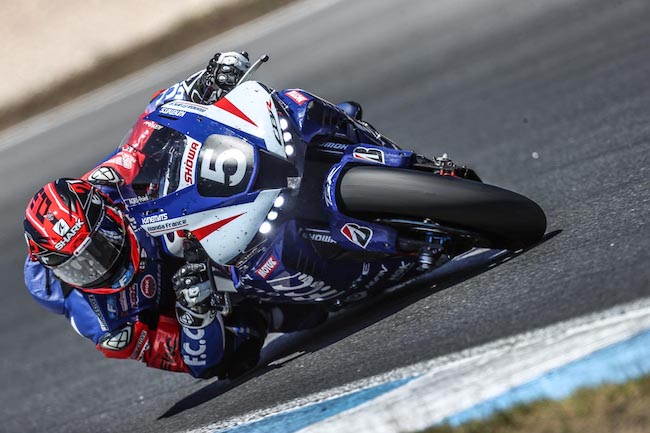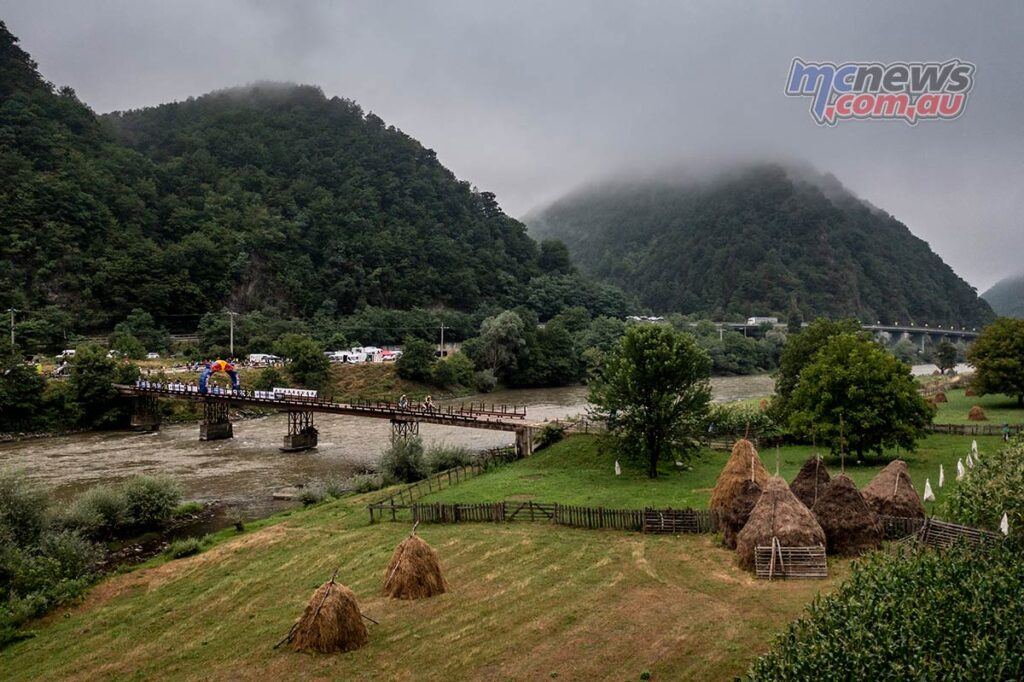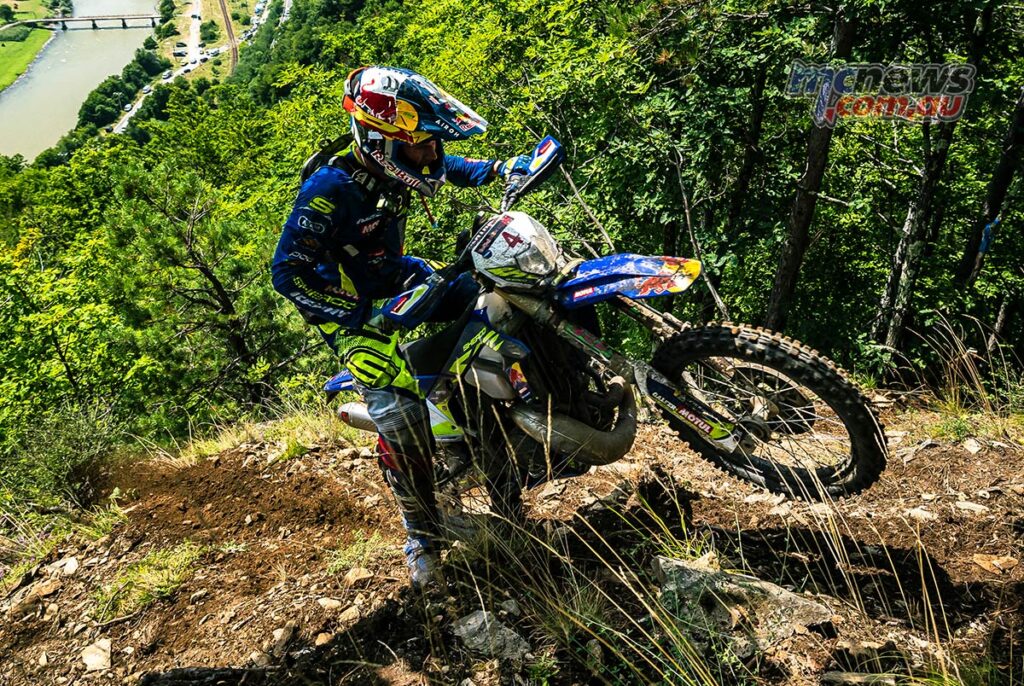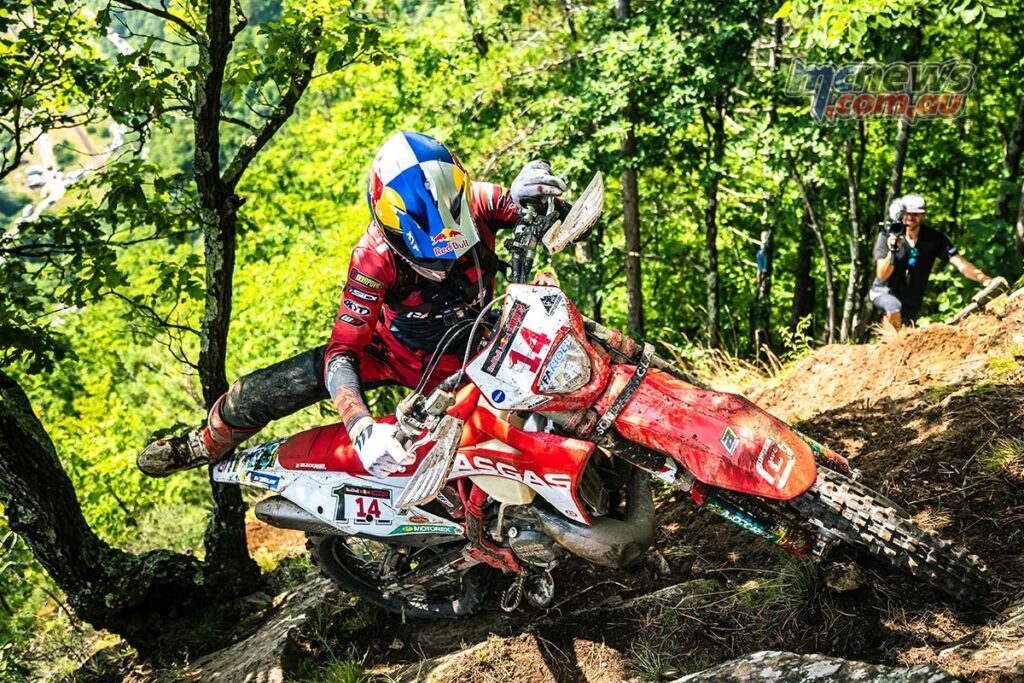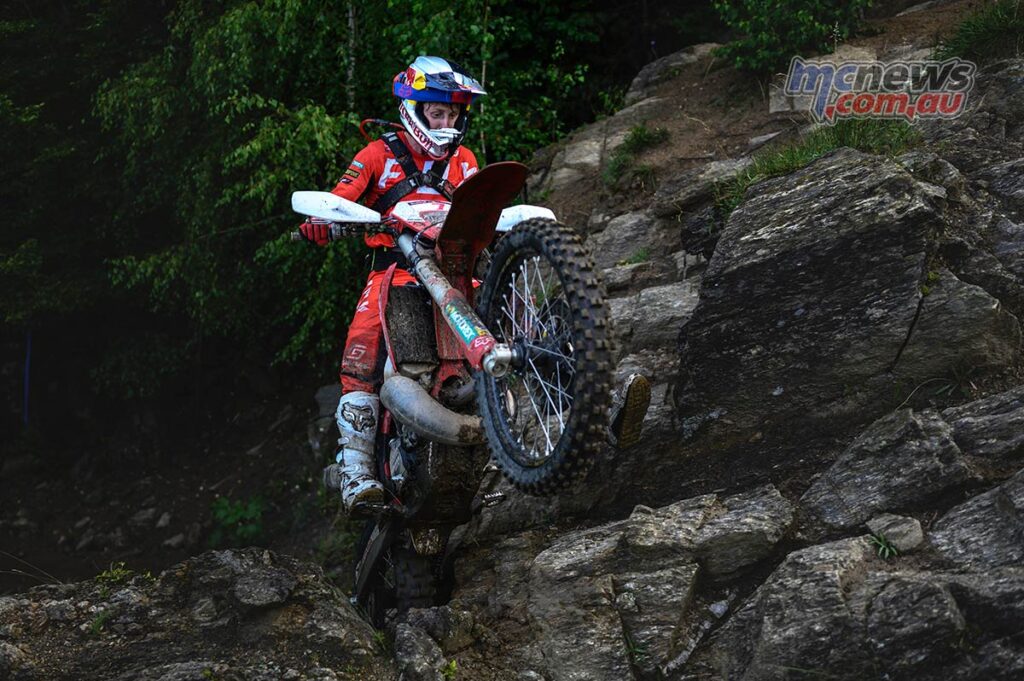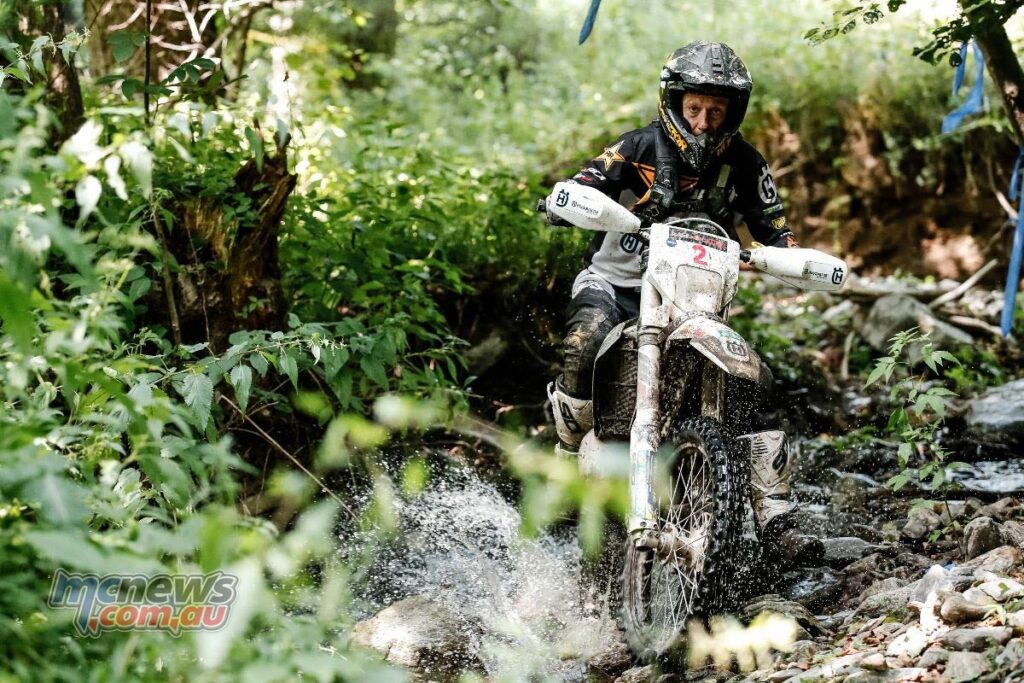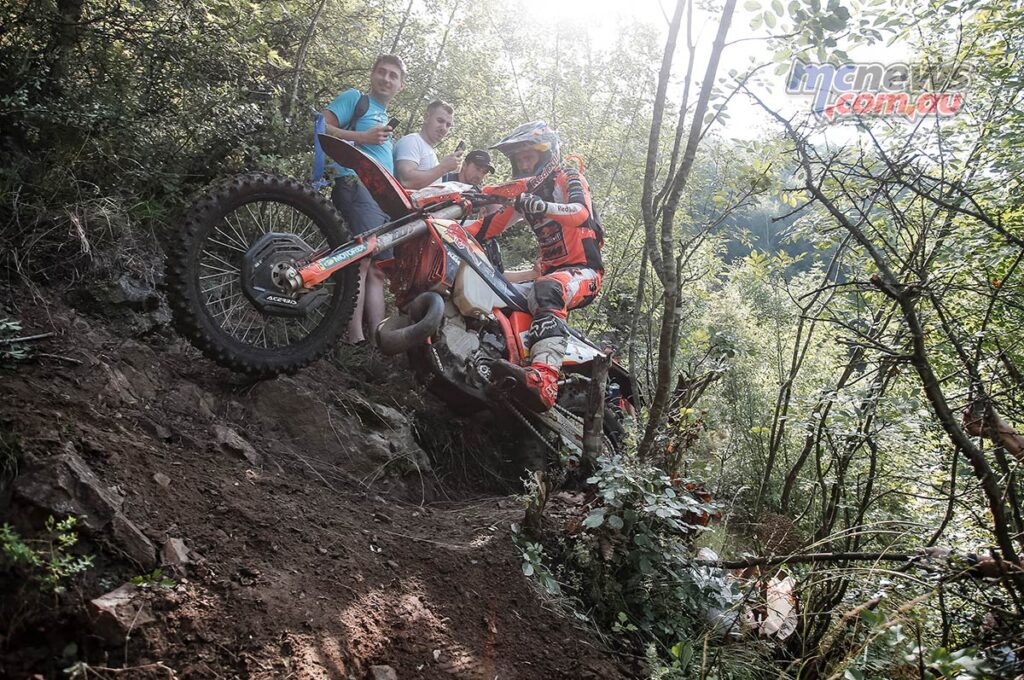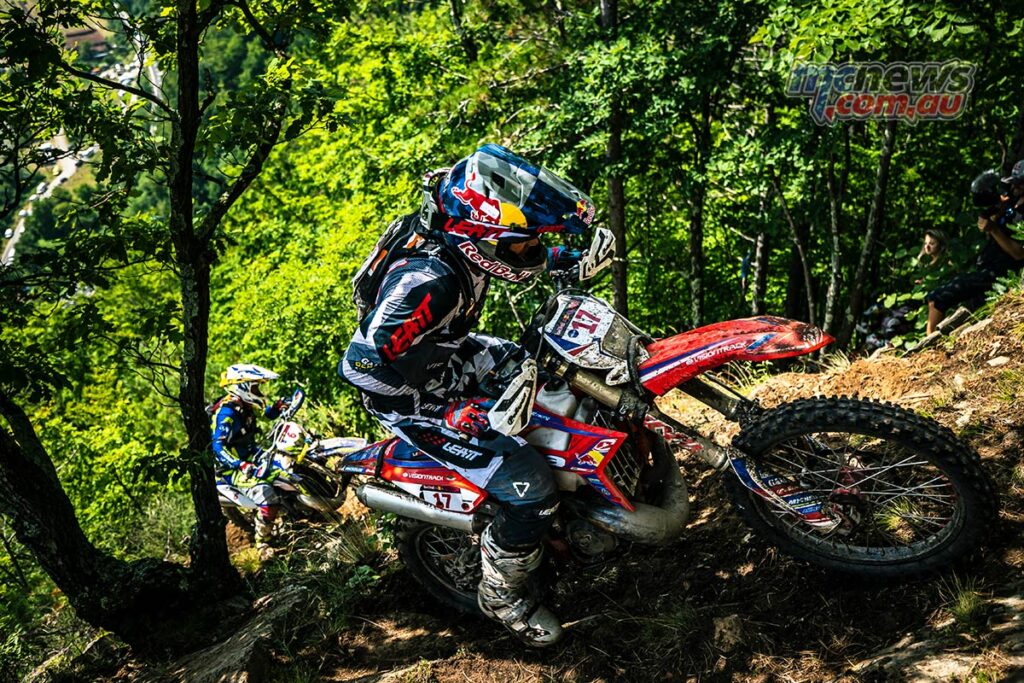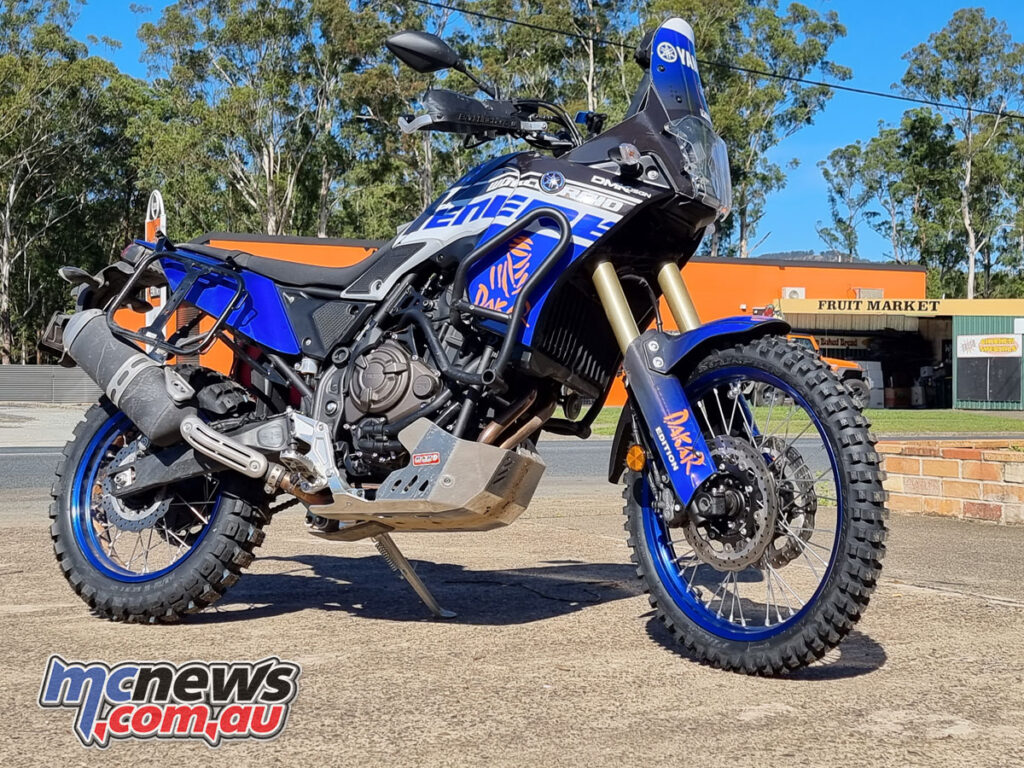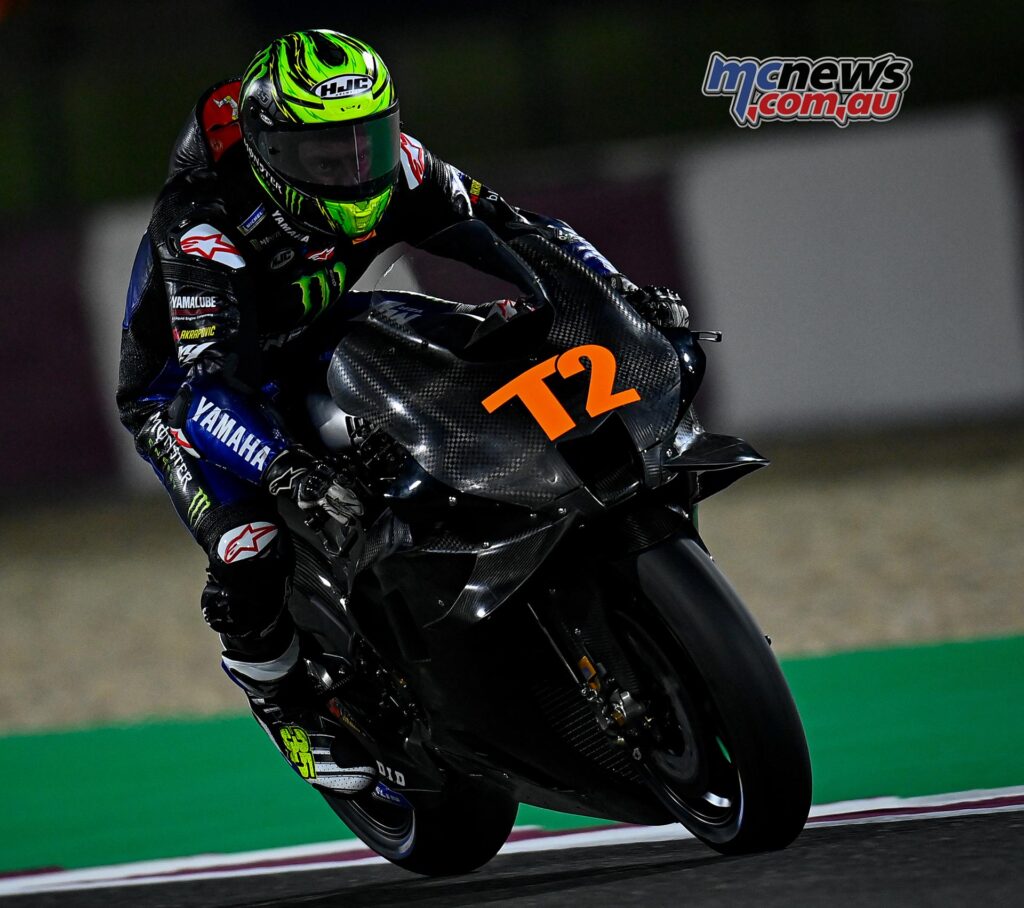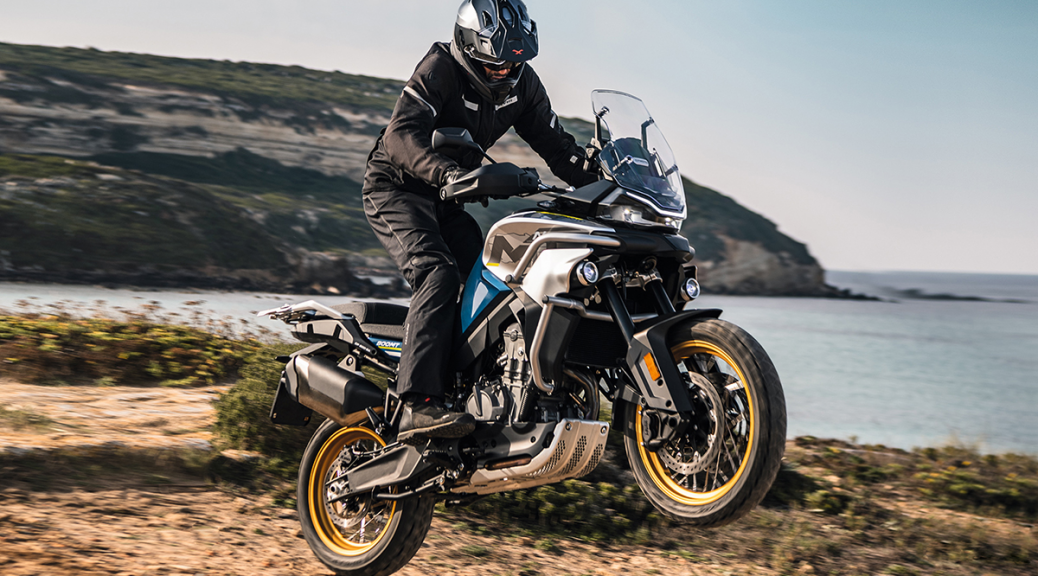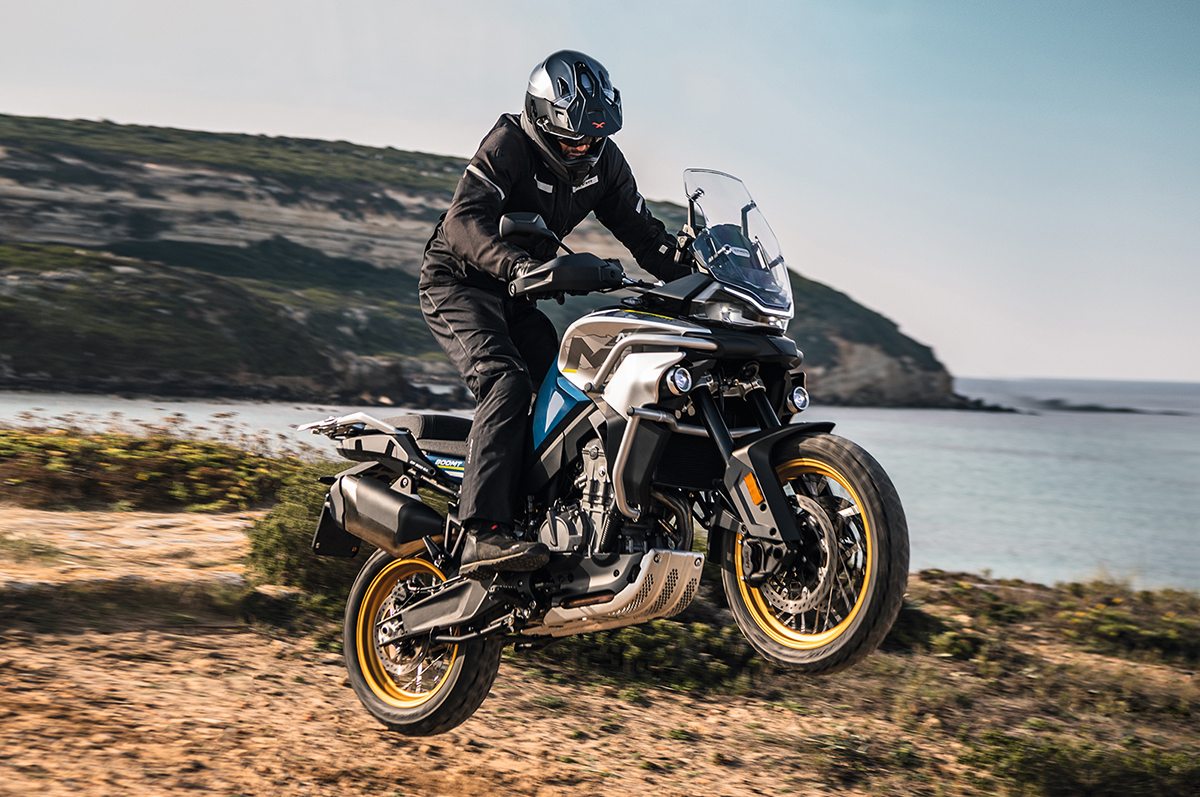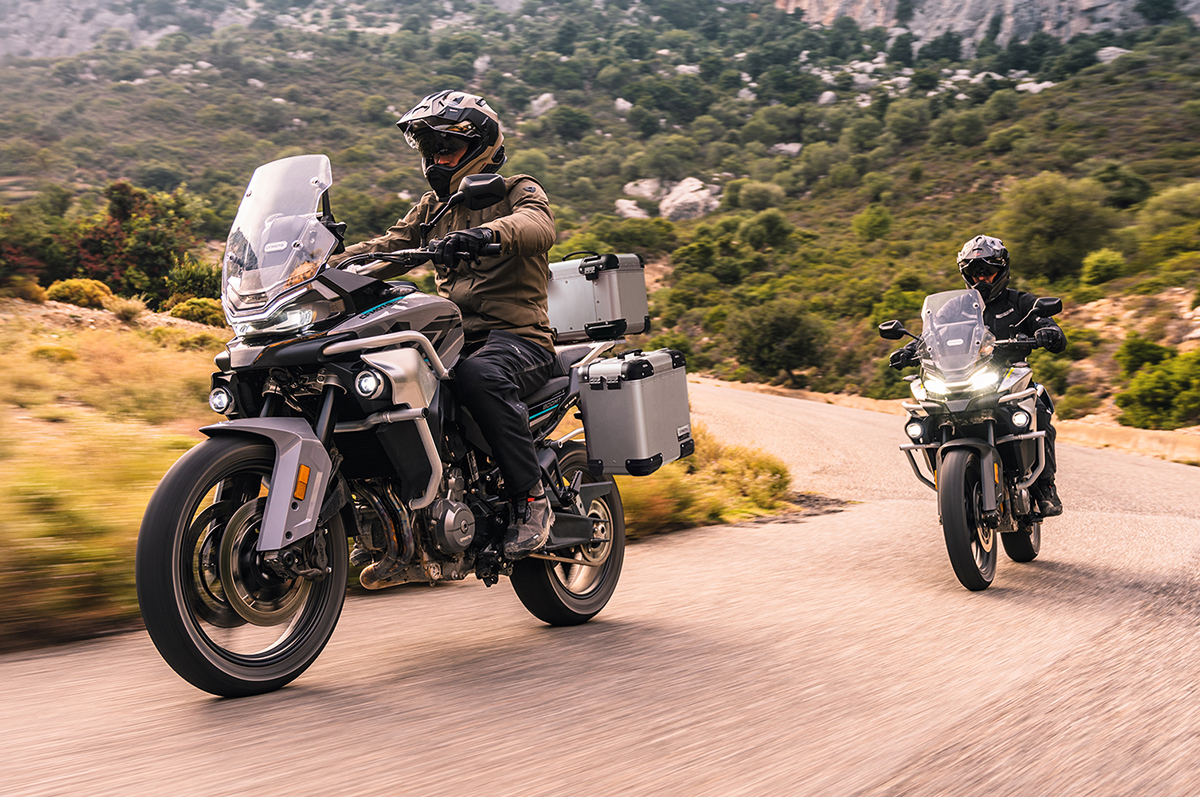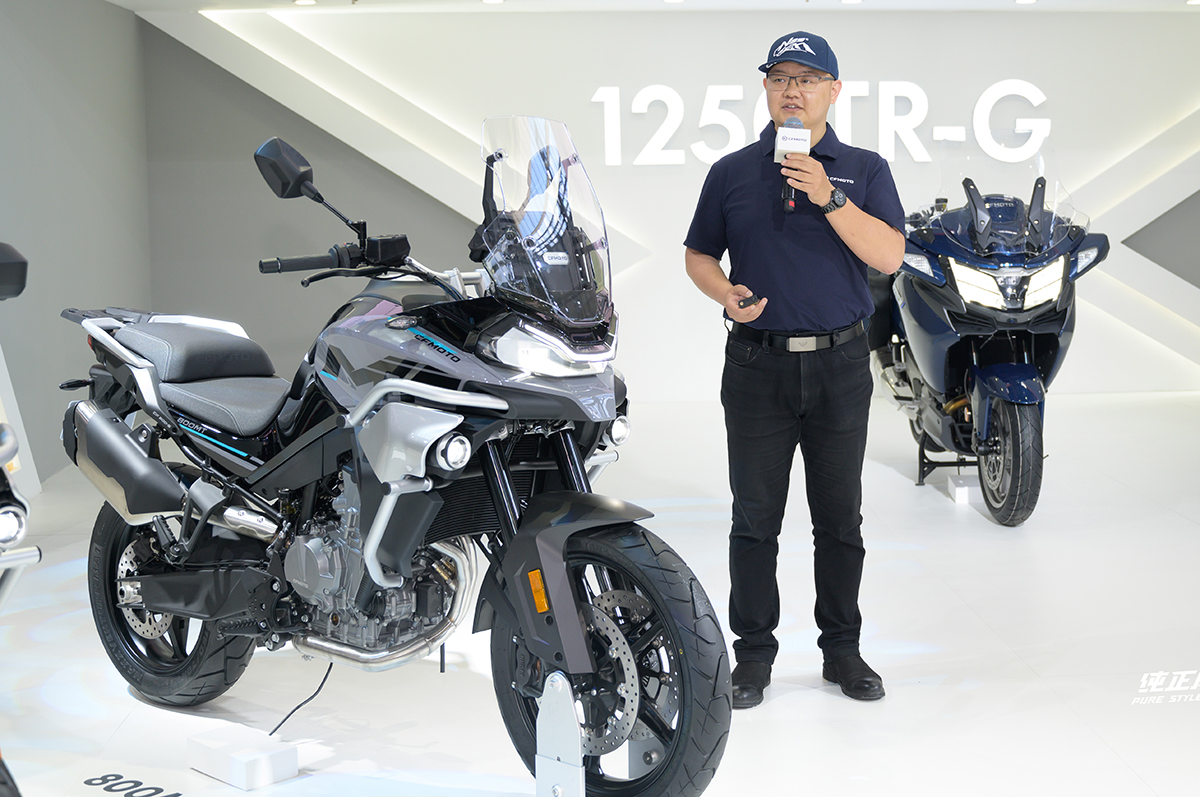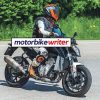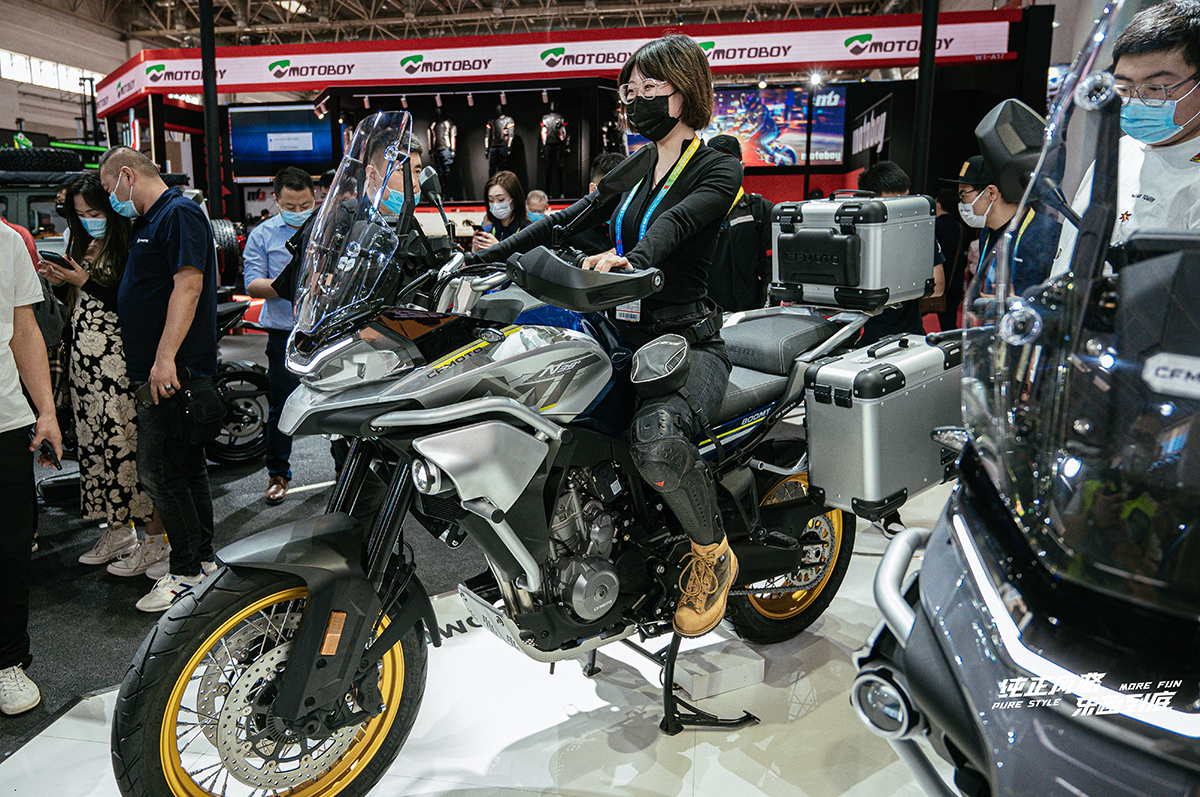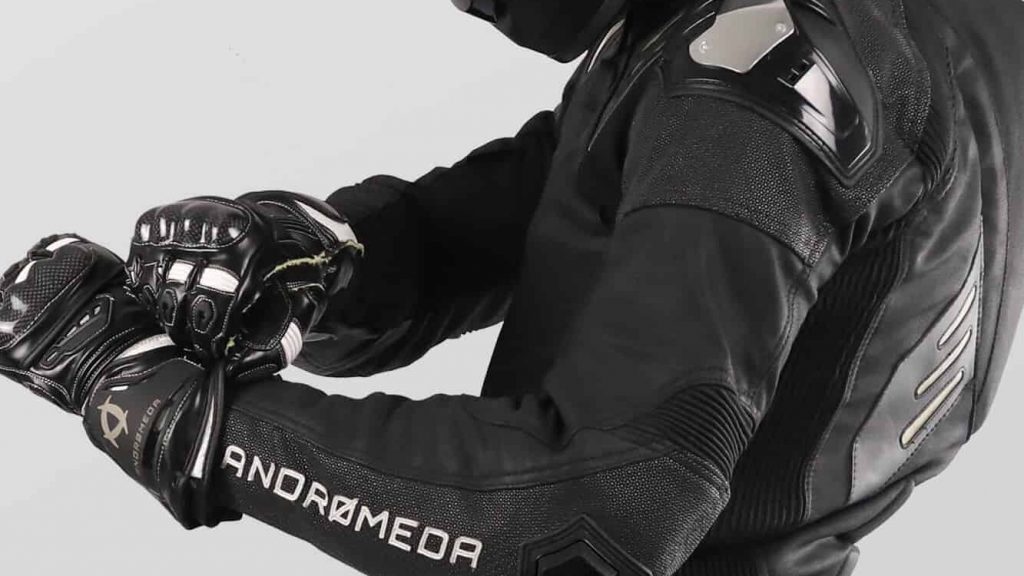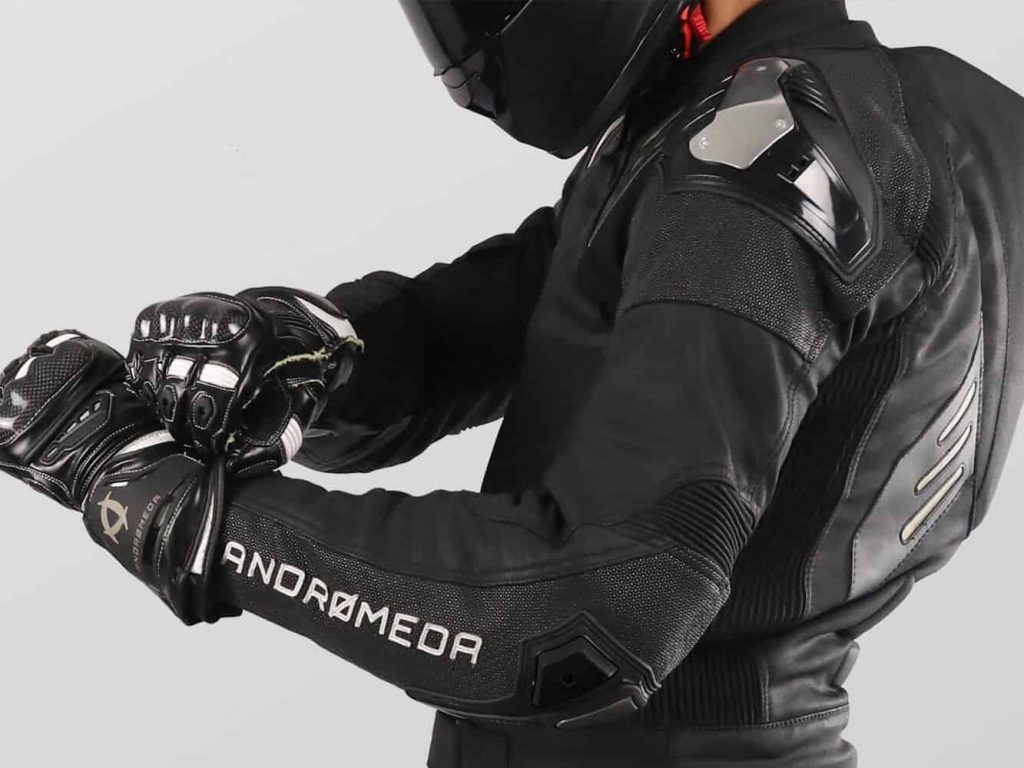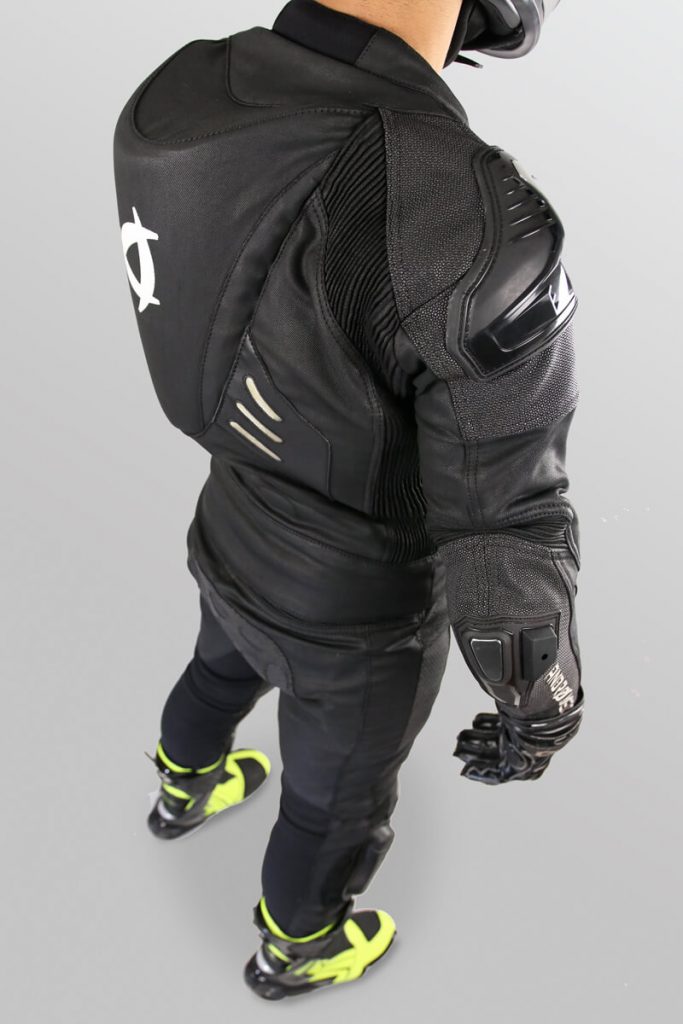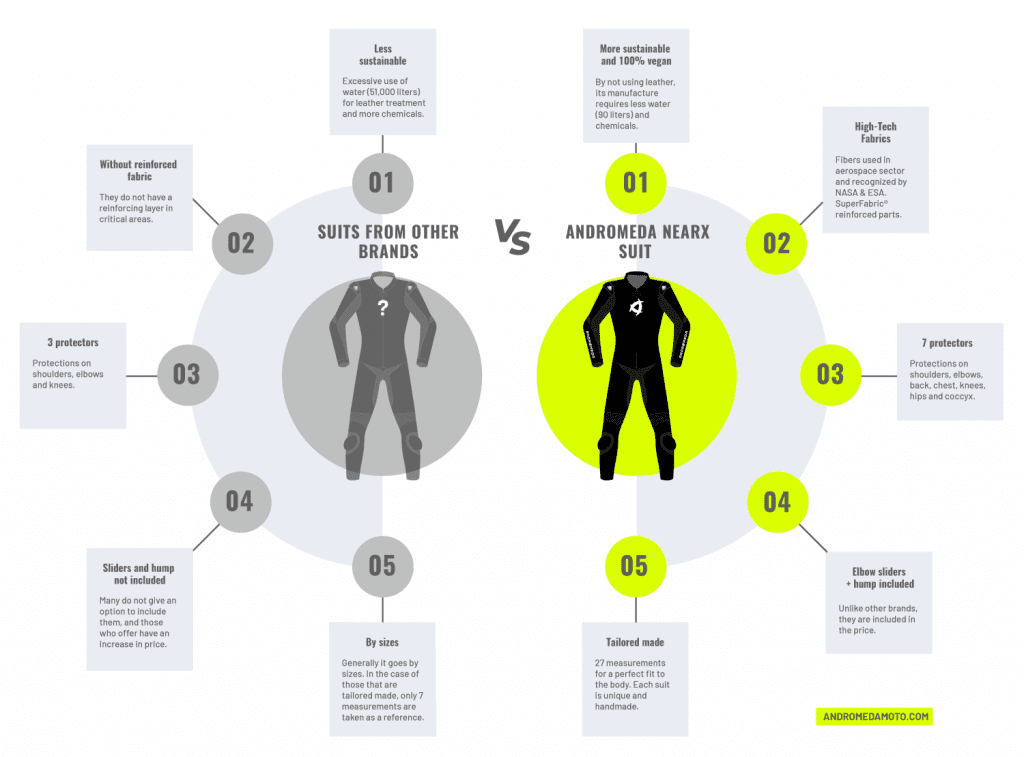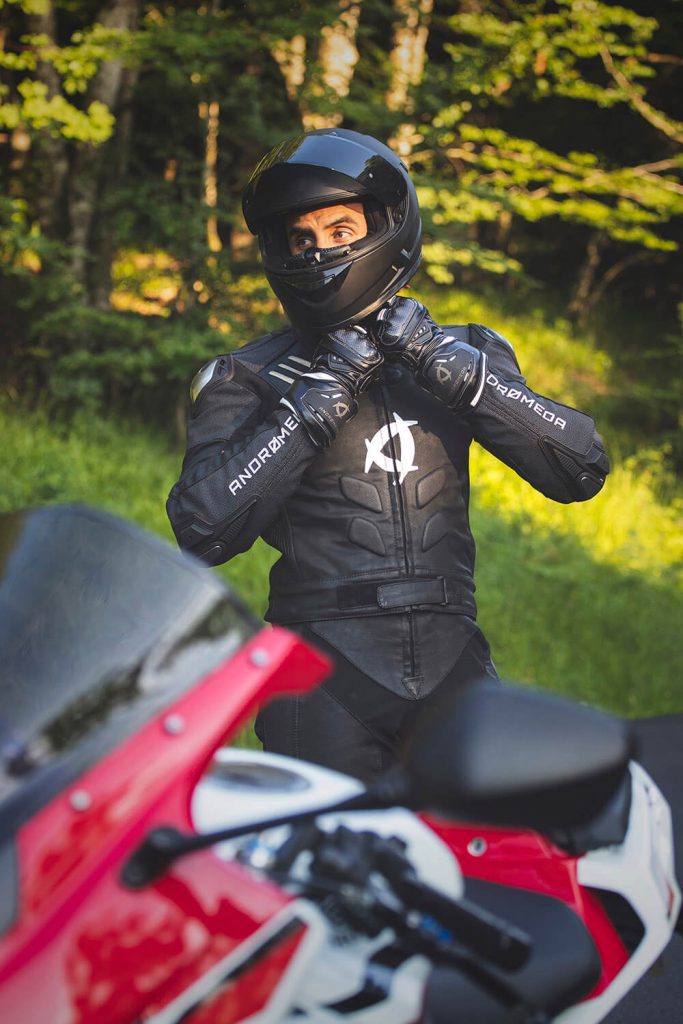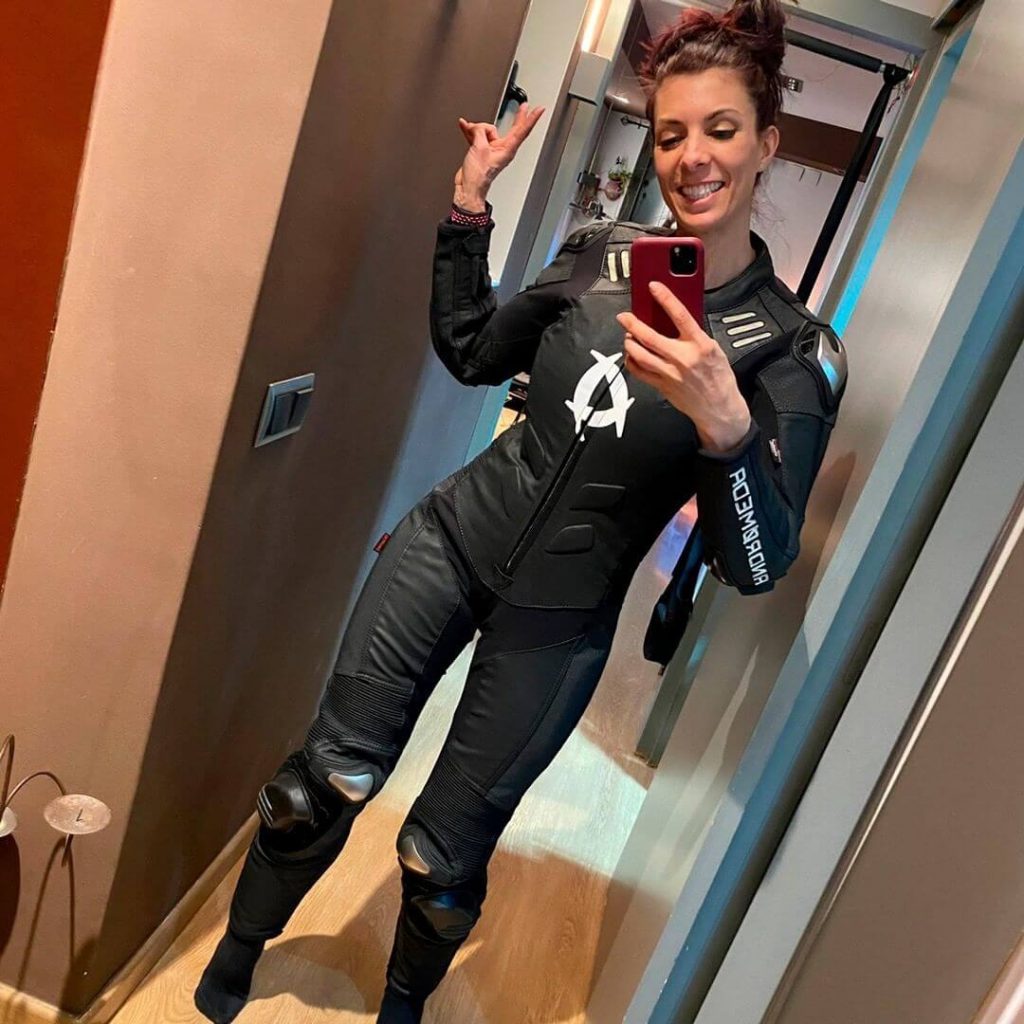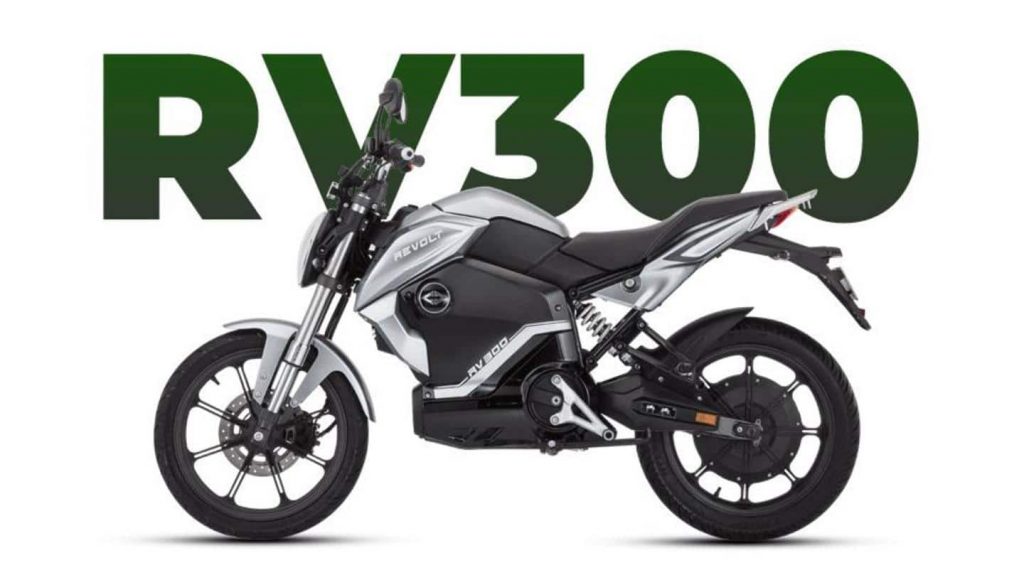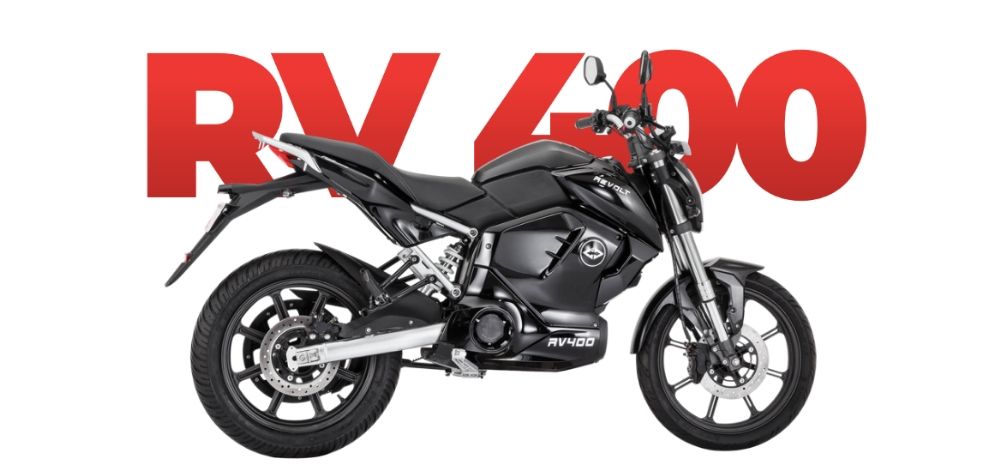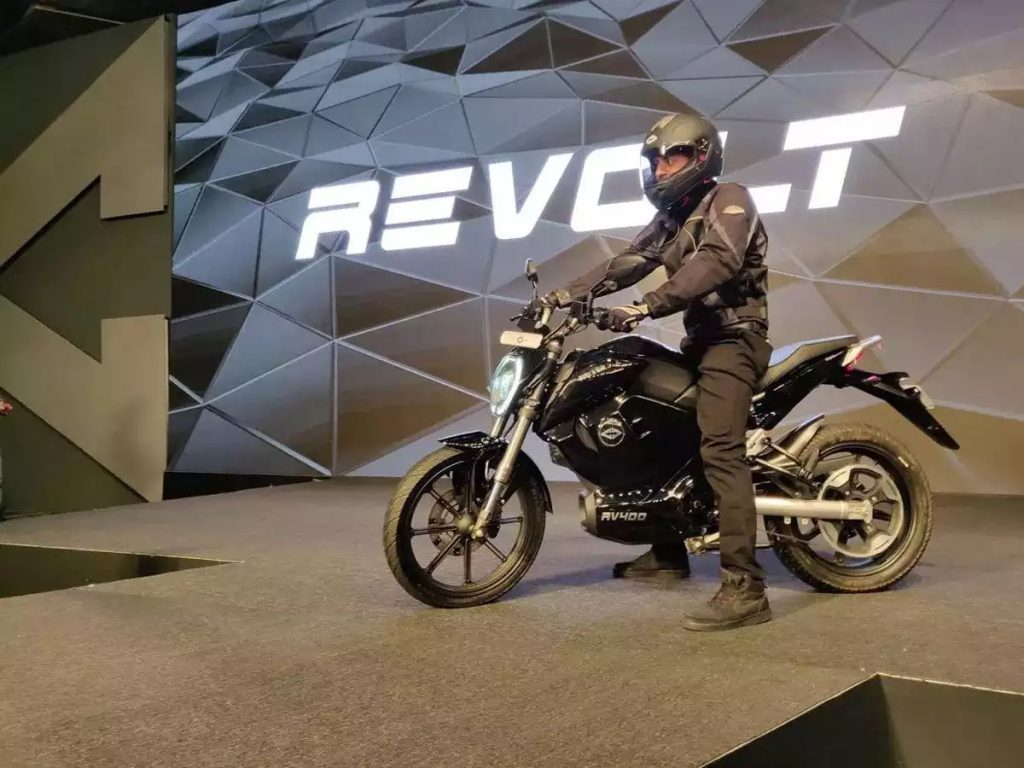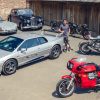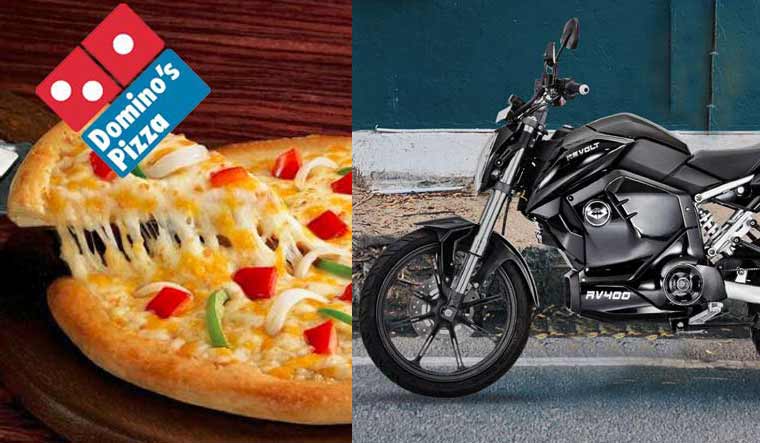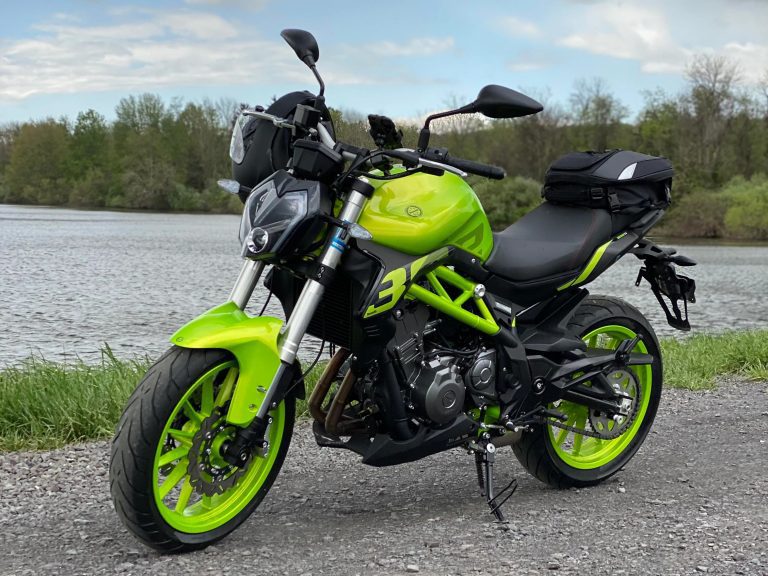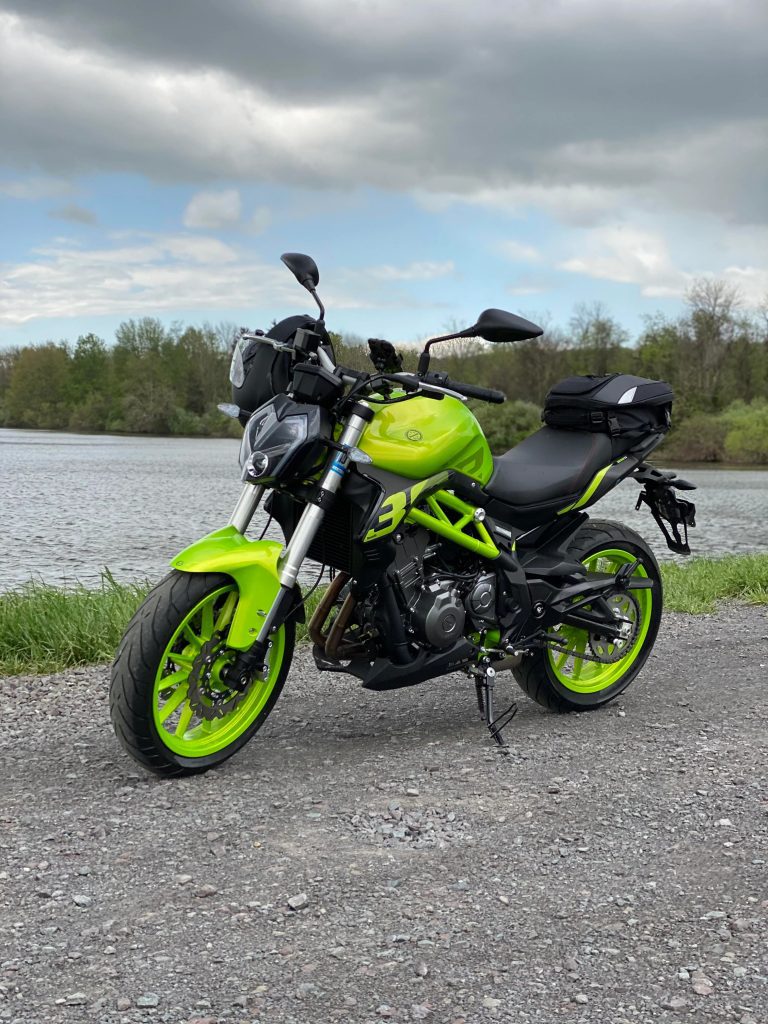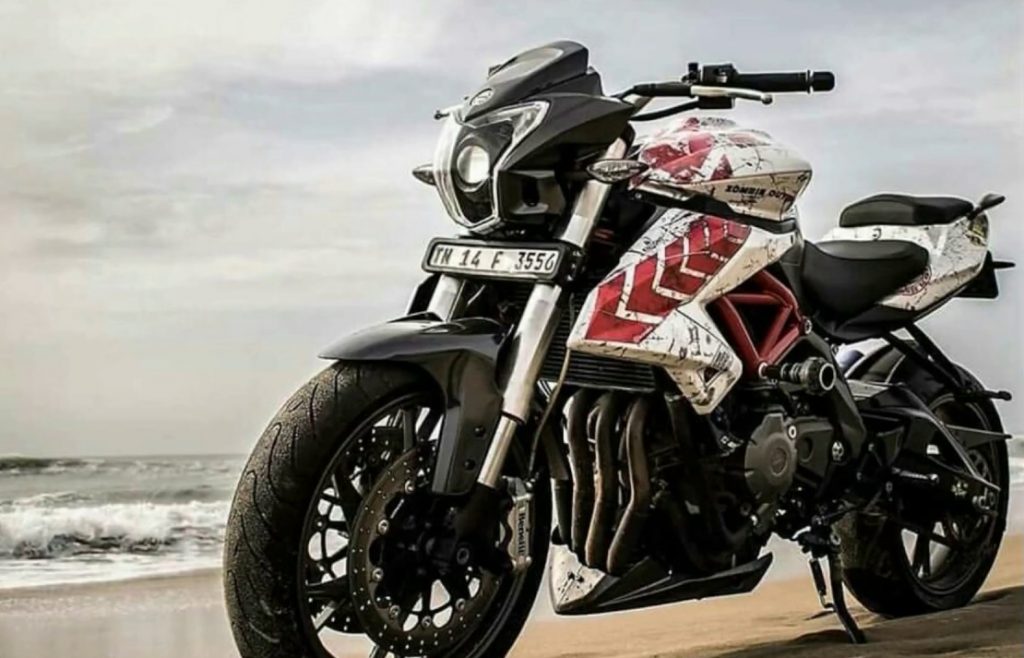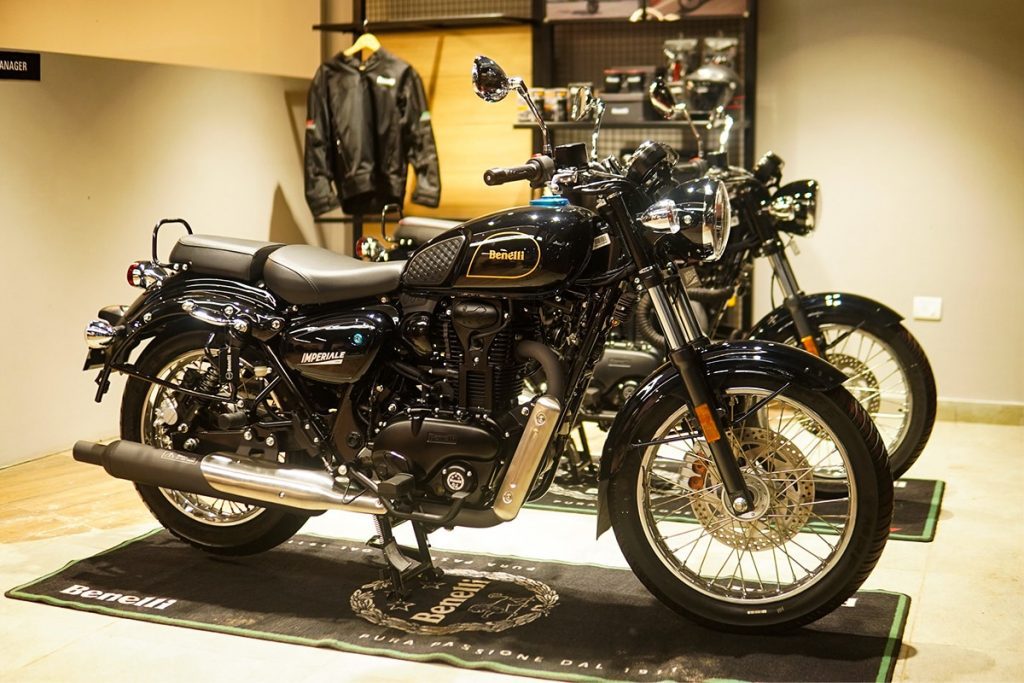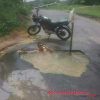“A journey of 1000 miles begins with a single step,” is quite a famous saying. Considering the appropriate learning curve of a new rider, we say that getting a motorcycle is probably around step 3, after step 1, taking a training course, and step 2, getting all your personal protective equipment. But, you may be asking, what motorcycle should I get?
This is one of the most asked questions in the world of new riders, by a large margin. The short answer is “Whatever you want,” but that leaves out a few very important factors that a new rider should be aware of. A supersport is not a great first bike. A 1,700 cc v-twin muscle cruiser is not a friendly bike to learn on. Even a 900cc motorcycle can be bad to learn on, especially if it’s meant to be a dual-sport adventure bike.
It is for this reason that we have put together a list of the 10 best motorcycles for beginners, broken down by category. All of the bikes listed below are perfect places to start your motorcycling career, with friendly handling characteristics, approachable power, and forgiving frames and suspension so you can learn the ins and outs of daily riding!
Honda Rebel Range (300, 500)
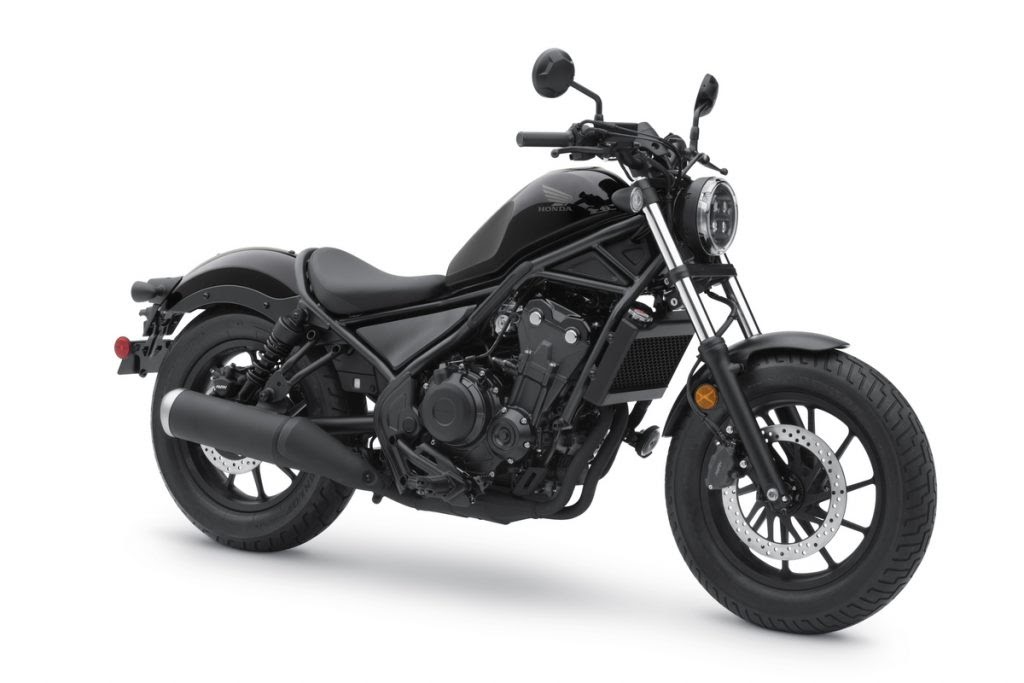
Not one, but two, sport cruisers! While the 2021 Honda Rebel range welcomed the 1100 this year, the 300 and 500 series of the Rebel are still what would be considered the better beginner bikes. This is because the new 1100 uses the same engine that is in the 2021 Africa Twin, only slightly detuned, but well above what would be considered beginner-friendly power.
What makes the Honda Rebel one of the best bikes to start with if you’re wanting a cruiser is its simplicity. You don’t have 17 different riding modes to fiddle around with, the engine and transmission are proven, strong, reliable units, and the riding position (if you’re 5’11” or shorter) is very comfortable. It will also lean well into corners, has extremely forgiving suspension, and has enough get up and go to be exciting, but not dangerous.
Being a Honda, it is also very wallet-friendly. If you want to buy new, you will come in well under $7,000 for a 500, and buying used, it is fairly common to find either model in excellent condition for $4,000 or less.
Kawasaki Z400 & Z650
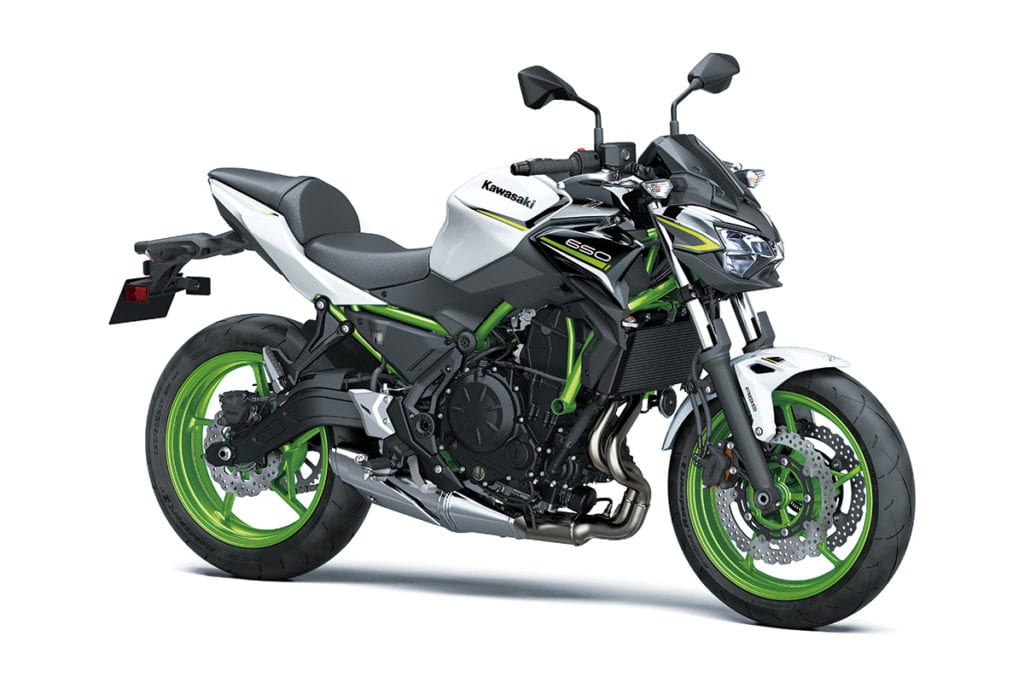
Yes, we smashed together two naked bikes into one post! Both the Kawasaki Z400 and Z650 are considered some of the best nakeds on the market, and despite some pretty fierce looks, are quite easy to ride. Both are powered by bulletproof Kawasaki parallel twins, one with 399cc and 45 HP, the other with 649cc and 67 HP.
The reason these get the nod for the naked sector is that Kawasaki jams as much technology and rideability into the lower end of the Z family. Standard features are dual-zone ABS (something every beginner bike should have, honestly), an assist-and-slipper clutch to help you learn the perfect friction point without tearing your bike to pieces, a linear and controllable power curve, and supportive suspension that talks to you about what the road is doing, without trying to shatter your spine at the same time.
Both bikes are also ridiculously priced, in the best sense of the word. You are getting bikes that are quite able to be sold confidently at $7,000+ and $9,000+ each new, but the 2021 Z400 starts at $5000, and the 2021 Z650 is only $7,800! There is no knocking Kawasaki off the value-for-money throne, and if you buy used, you’ll find them even lower down on the pricing range.
Suzuki SV650A
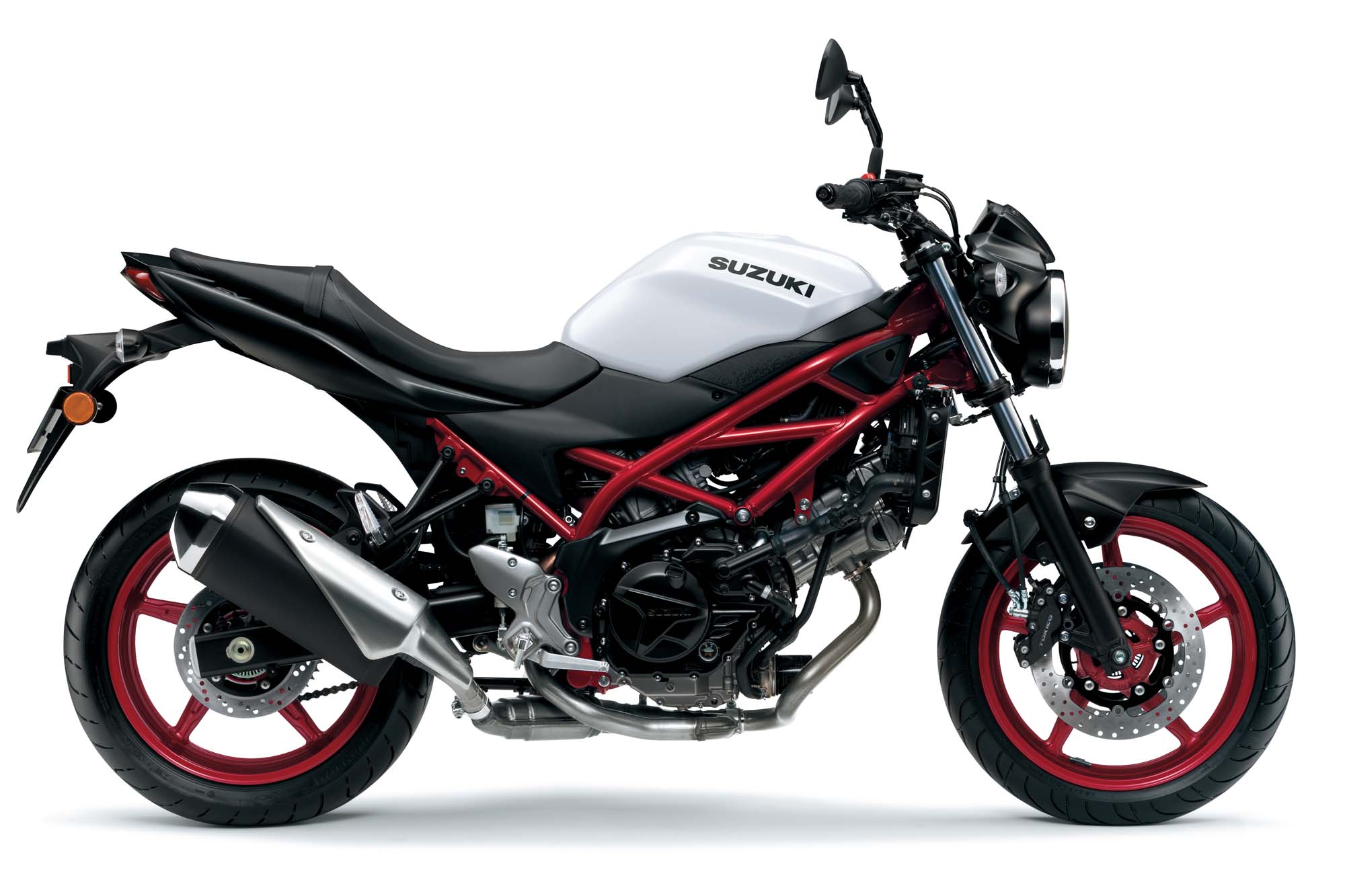
Anyone that knows anything about starter bikes, or has read any recommended beginner bike list on pretty much any website, ever, was expecting this one. Ever since emerging in 1999, the Suzuki SV650, including the Gladius years, has been the absolute darling of the new rider segment.
Is it the 645cc v-twin that puts out 75 HP but has a smooth, easy to control, and linear torque curve? Is it the bulletproof transmission that works without issue even if you physically throw it off a cliff? Is it the suspension that from day one was adjusted and engineered by Suzuki’s racing division, to give a supple ride with agility? In a word: Yes.
The SV650 is the kind of bike that is all things to all people. In stock trim, it is a sports naked. If you want to get a bit sportier, there is the SV650X, a cafe-racer styled naked. There is the SV650A, a partially faired sportbike with a small windscreen. Whatever path you choose, the V-twin is invincible with proper maintenance, the bike will last you well beyond your beginner seasons, and it’s also really inexpensive to maintain as well, with an extensive first- and third-party parts network that is nigh-on global in reach.
Kawasaki KLX250/KLX300
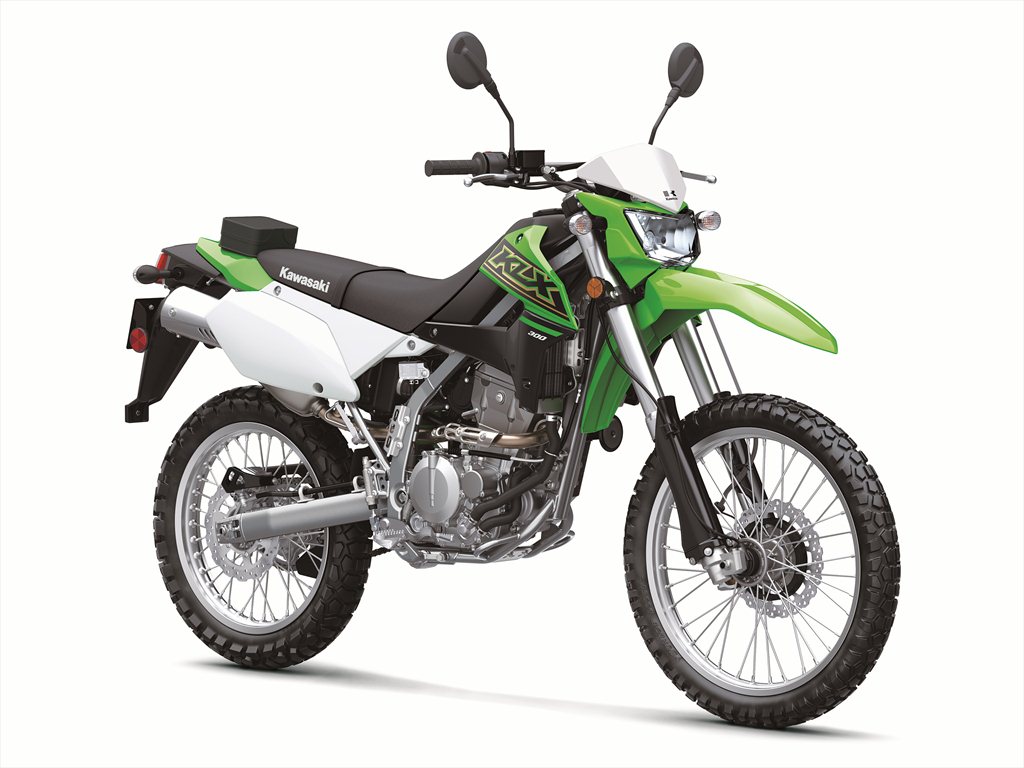
While 2021 has seen the removal of the venerable KLX250, to be replaced with the KLX300, both are still amazingly competent beginner dual-sport motorcycles. With the newer KLX300 being powered by a 292cc liquid-cooled four-stroke single that thumps out just about 33 HP, it is more than powerful enough to commute on most city roads, yet will also happily tear up a gravel or dirt trail on the weekends.
Unlike its new 2021 KLX300 SuperMoto brother, the KLX300 and the older KLX250 are both tuned to have usable power at almost any revs and to be predictable and controllable in its delivery. While dual-sports are famous for having the ability to lift the front wheel when suddenly fed power, Kawasaki tames that with good torque, but not too much, at lower revs, only really coming into the full powerband once you’re actually moving.
That said, by being so lightweight at just over 300 lbs soaking wet with a cinder block tied to the seat, the bike is excellent for the beginner looking to feel what a bike can do in terms of handling and cornering. This little dual-sport loves to transition from upright to a lean with vigor. As well, if you do mess up riding this little beast, and need to use the shoulder or end up on a grassy bit, as it’s a dual-sport, apply your progressive braking technique while riding upright and you’ll come to a stop without dropping the bike.
Yamaha YZF-R3
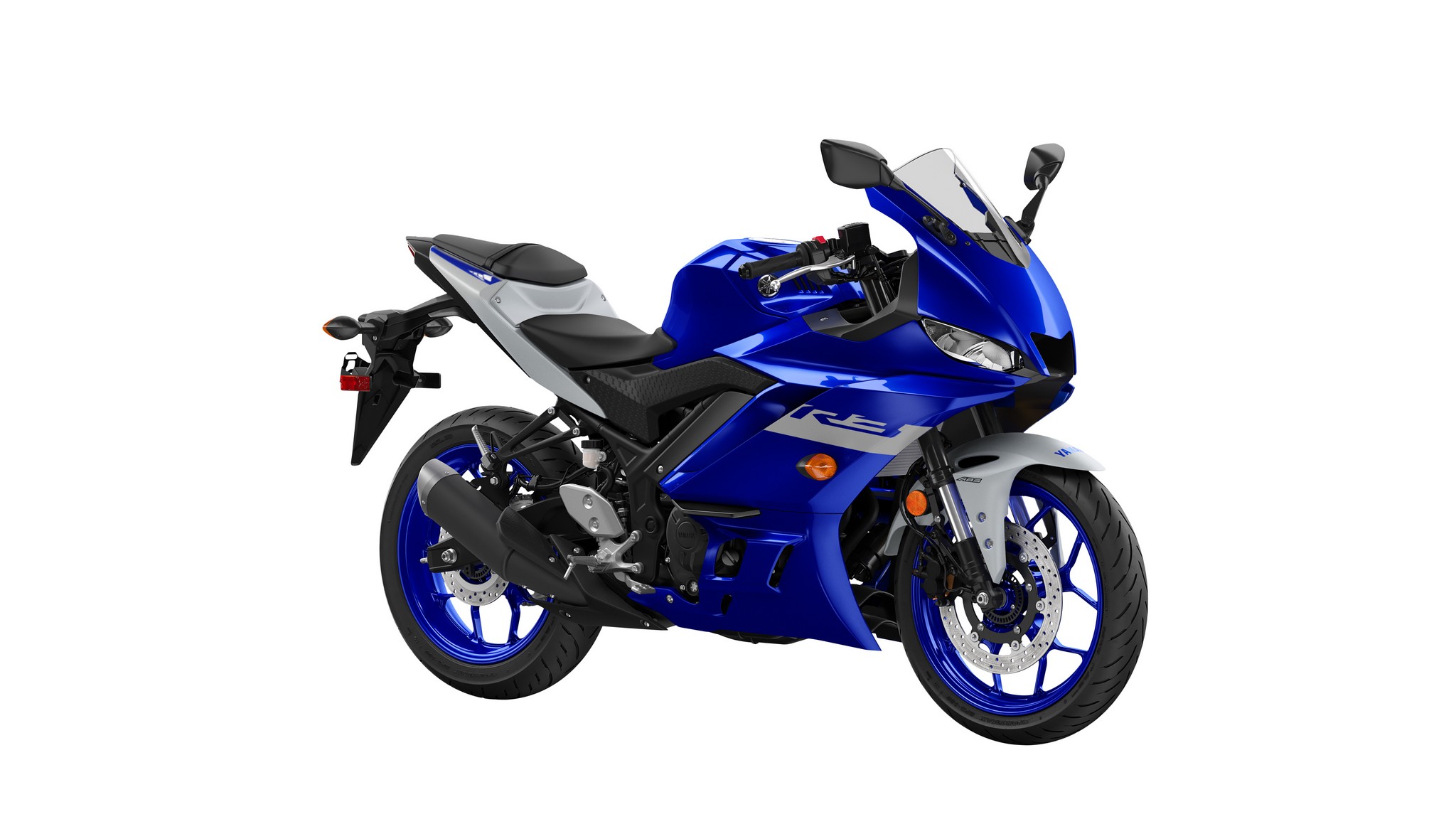
Being completely serious for a moment, the Yamaha YZF-R3, much like its similar R brethren over the years, is not a bike to be taken lightly. It is, for all intents and purposes, a mini-supersport, and can demonstrate within seconds of being in the saddle why it’s quite often the bike that many start out their track day careers with. This is not to say it is overly scary, just that it is less forgiving in terms of major mistakes than many of the other bikes on this list.
From a 320cc parallel-twin, Yamaha has managed, somehow, to get it to give up 50 HP, which is almost double what any other bike in the 300cc sports segment produces. Thankfully, the R3, at least in the modern era, comes with full dual-zone ABS. Just be aware that this is a lightweight, agile, and “can get you to illegal speeds” capable bike.
As well, if you are going to pursue riding supersports as your hobby, we highly recommend checking out our Best Full-Face Helmets For Under $500 list (our own sport riders highly recommend the Shoei RF1400 or Arai Regent-X if your budget can stretch) to get an appropriate helmet, and our other gear guides to find sport riding protection to keep you safe!
Suzuki DR-Z400S/DR-Z400SM
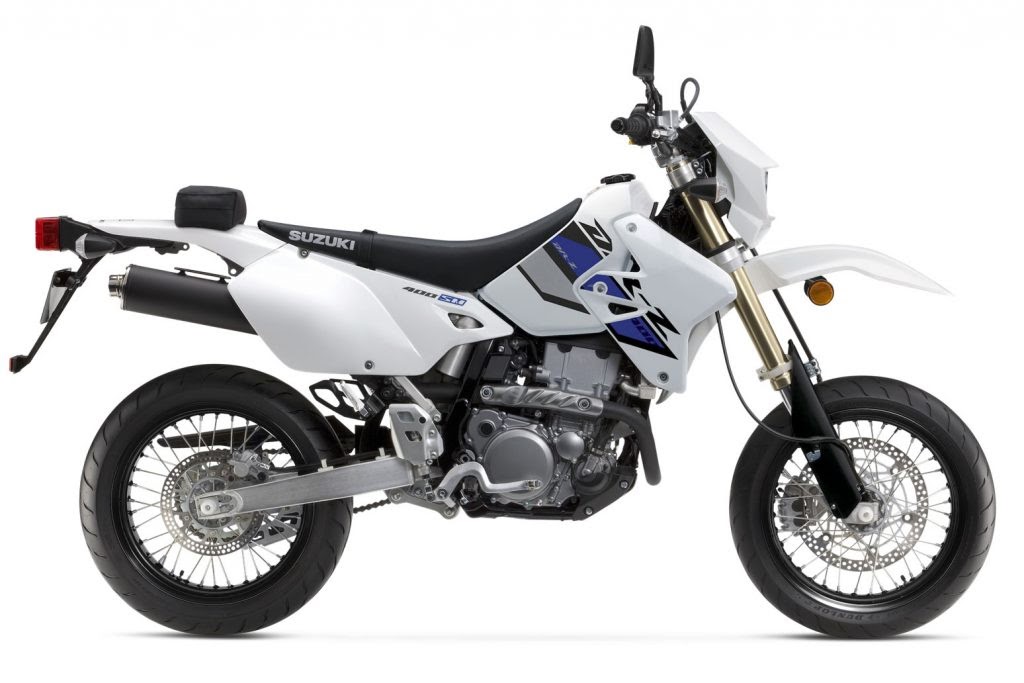
Suzuki, much like how Kawasaki did with their Z bikes, splits their legendary dual-sport into two important categories. The first, the DR-Z400S, is one of the longest continually produced dual-sports on the market and has earned its status as a starter bike because it is just so damned friendly to ride. If you’re looking for a bit more of a hooligan as your first bike, the DR-Z400SM is the same basic shape as the dual-sport, but the different suspension, engine tuning, and wheels and tires turn it into a supermoto that is as comfortable commuting as it is sliding out its rear tire.
Suzuki’s near-mythical 398cc liquid-cooled four-stroke single thunders out 39 HP for both bikes, but does so across a wide rev range, although there is a mid-range point that can potentially catch riders out, especially those who over-rev and accidentally dump the clutch. However, that exact same mid-range powerpoint is what makes this the perfect beginner bike. What really counts on the commute is the power to pull yourself out of a developing situation, or out of harm’s way.
By giving you a bike with enough civility at low revs to practice around a parking lot, as well as with enough grunt to get you out of dangerous situations, both the dual-sport and supermoto versions of the DR-Z are more than enough to give you years upon years of enjoyment. Many intermediate and advanced riders will hang onto their DR-Z’s because they are just that much fun to ride.
Honda CB500X
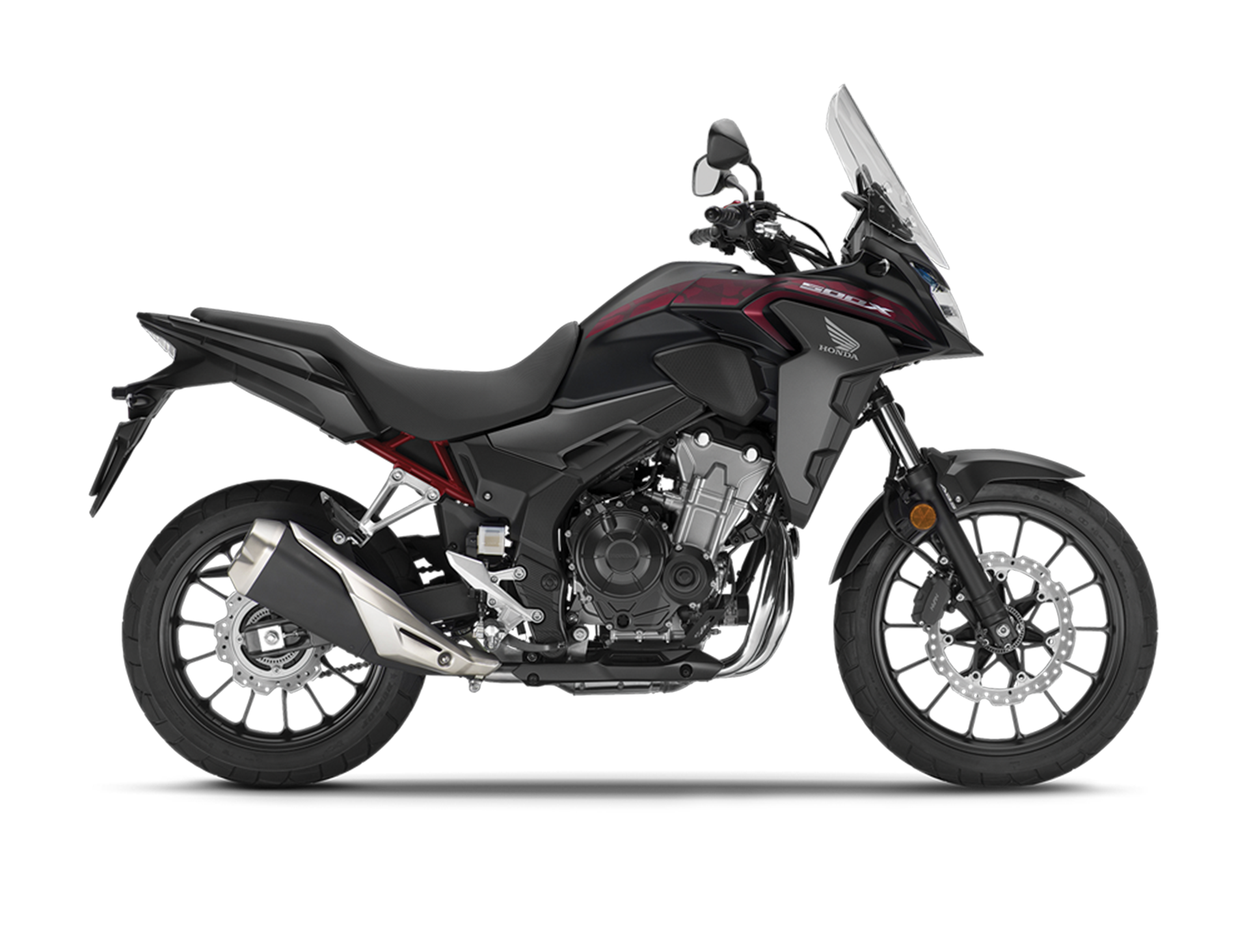
To be honest, for our adventure touring recommendation, it was so close between the Honda CB500X and the Suzuki V-Strom 650 that it was almost impossible to call. What got the Honda the nod is that it delivers is power just a tiny bit more smoothly, and is more accessible to more riders because of it being a tiny bit shorter in the seat. It also has a bulletproof version of the CB500 engine range of Honda bikes, a 471cc liquid-cooled parallel-twin with 50 HP and 32 lb-ft of torque.
Some adventure bikes, like those from KTM, are more geared towards getting off the asphalt and onto the dirty stuff for some fun. Others, like the CB500X, are more about being comfortable for long-distance road adventuring, without being cruisers. What makes this bike a great beginner adventure bike is the fact that it has all the get-up and go of a sportbike, the engine-sharing CBR500R, but a dead-set standard riding posture, with comfortable ergonomics and a great feel from all contact points.
The only area that ADV bikes, by their nature, have issues with is putting a foot down a stop. You might have to lean the bike a little to get the ball of your foot down properly for balance, with your right foot holding the rear brake to steady the bike, depending on how long your inseam is. Other than that, you get Honda reliability, a fun bike that can handle dirt roads around your area, and a city adventurer that can also do intercity riding without being pushed too hard.
Indian Scout Sixty
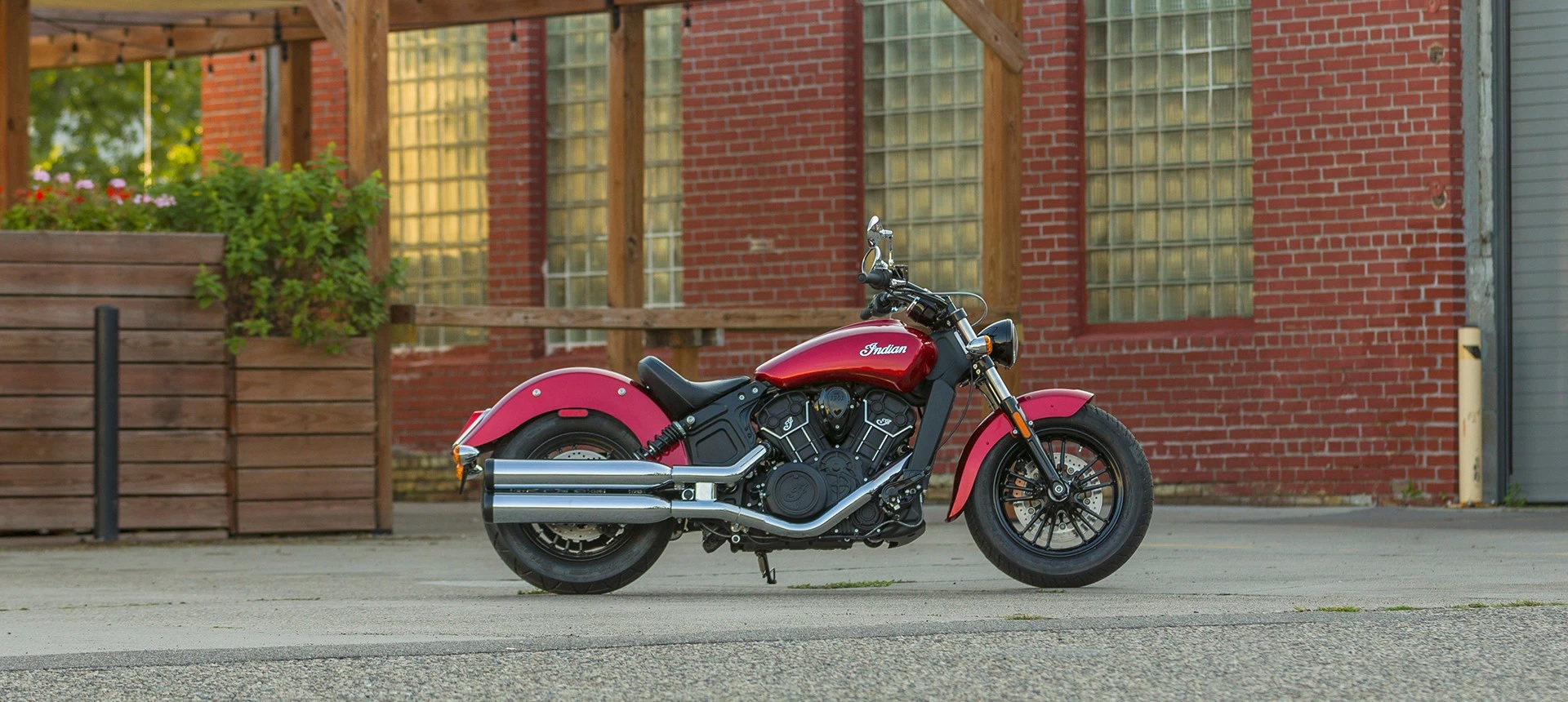
Despite the recommendation that American power cruisers are not great starter bikes, there is a segment of the new rider population that will not go with anything but an American cruiser. For those that are able to be mature enough to learn the ins and outs of the bike, the Indian Scout Sixty is not a bad place to start. And although it’s more of an introductory bike to Indian than a true beginner bike, approaching it with a light throttle hand and a big bucket of respect will get you on a “big burly cruiser” that is, once you’ve learned it, actually quite friendly.
While much smaller than its other Scout-model brethren, the Scout Sixty is nothing to be scoffed at. You are put low and back from the big 999cc liquid-cooled 60-degree V-twin that rumbles out the soundtrack of the U.S. of freakin’ A. The v-twin gives you 78 HP and 65 lb-ft of torque, in a middleweight cruiser that weighs just north of 550 lbs.
If that seems like a lot of power, it is. This is why the light throttle hand and respect are needed. If you crank the throttle to full right away, you’ll more than likely break traction on the rear, and either end up flat on your ass, or, if moving, in a death wobble. Respect the throttle, use it progressively, and appreciate the huge torque curve, and you’ll have a motorcycle that will respect you back, giving you hours of comfortable riding.
Harley-Davidson Iron 883
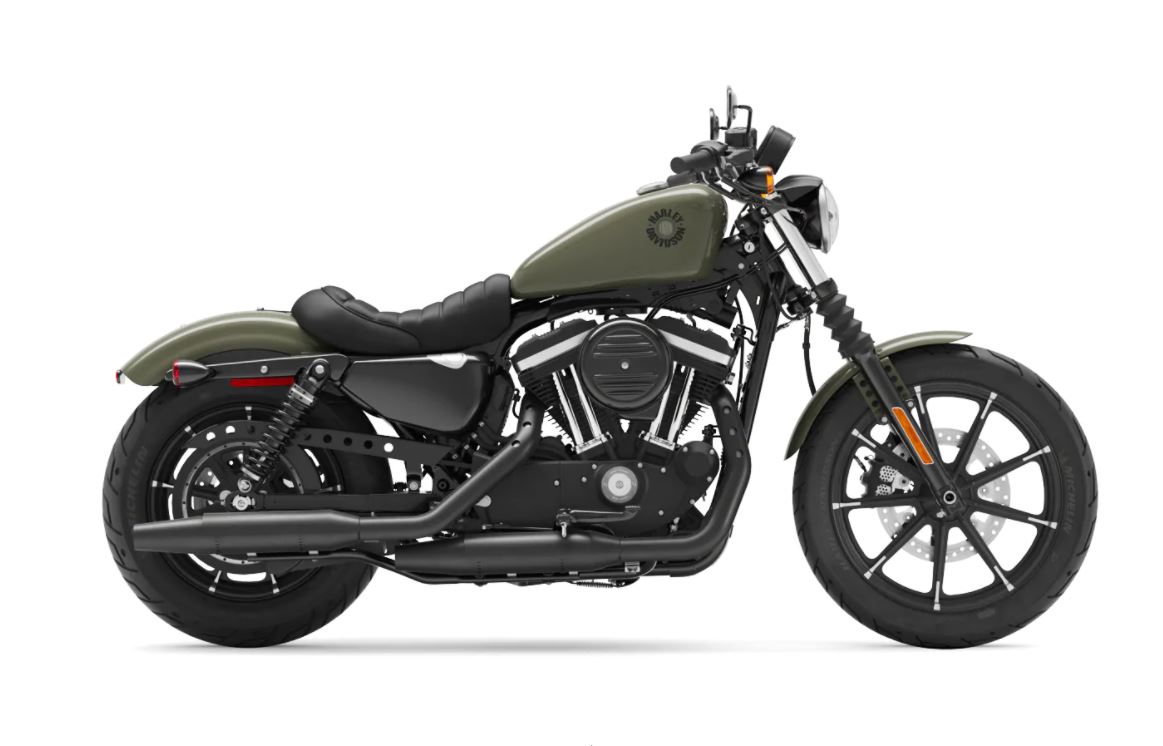
Since we have to mention the other American brand, it only seems fitting to include the main American brand, at least according to Americans. The Iron 883 is your gateway to all things Harley-Davidson, by being one of the most pared-down, simplified riding experiences from the Milwaukee brand. You get an introductory level engine in the 883cc v-twin (dubbed the Evolution Engine) that gives you 50 HP and 54 lb-ft of torque.
Harley-Davidson, after many years, realized that all of their bikes were either full-on muscle cruisers, continental cruisers, or Sportsters with too much power for a real beginner to appreciate. This is what brought about the Iron 883, and by making it pretty much an engine with controls, mid-forward pegs, and a fat rear tire, you get all the classic Harley looks, but with an engine that won’t bite your head off.
The dragster-style handlebars and controls are positioned to give you a slightly forward-leaning posture, which gives you more control of the lean and control of the bike with your legs and upper body. It also has a very forgiving transmission, allowing for good, progressive clutch friction without burning out the clutch plates, and the first two gears are long, giving you more of the rev range to build up to cruise speed. And, best of all, if you want to buy one new, it’s pretty much the only Harley model you can get for under $10,000!
Honda CRF250L/CRF300L (and Rally models)
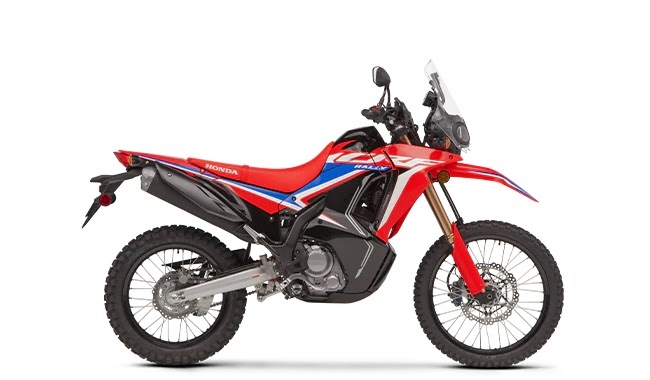
If a dual-sport is too “dirt bike looking,” and an adventure bike is a bit too talk, say hello to the middle ground. The CRF300L Rally, as well as its non-rally counterpart, and the previous generation CRF250L and CRF250L Rally, are all great “adventure-enduro” style dual-sport bikes. These are bikes that are aimed at the fan of the Dakar Rally, who also wants to be able to ride comfortably during the week and go plowing over sand dunes on the weekends.
The CRF300L Rally comes with a new, Euro5 compliant 286cc four-stroke single that gives a decent 27 HP and 19 lb-ft of torque. That may not sound like much, but remember, this bike, even with the big 21-inch front wheel, weighs a sneeze over 300 lbs. You’d be surprised at just how spritely it will get up and go from a stop, sometimes feeling more like a sport-tourer than a dual-sport enduro.
The Rally is the more premium of the CRF300L bikes, as it comes with a decent adventure windshield, handguards, a larger fuel tank than the base model, and rubber inserts for the engine mounts to reduce vibrations while commuting. The biggest difference between the CRF300L Rally and the Kawasaki KLX300 recommended earlier is that the Honda is much more aimed at distance endurance, while the KLX300 is more of a street-going trail bike. Both are excellent choices, but if we were to head out for a day of riding in the desert, we’d take the Honda.
Source: MotorbikeWriter.com

